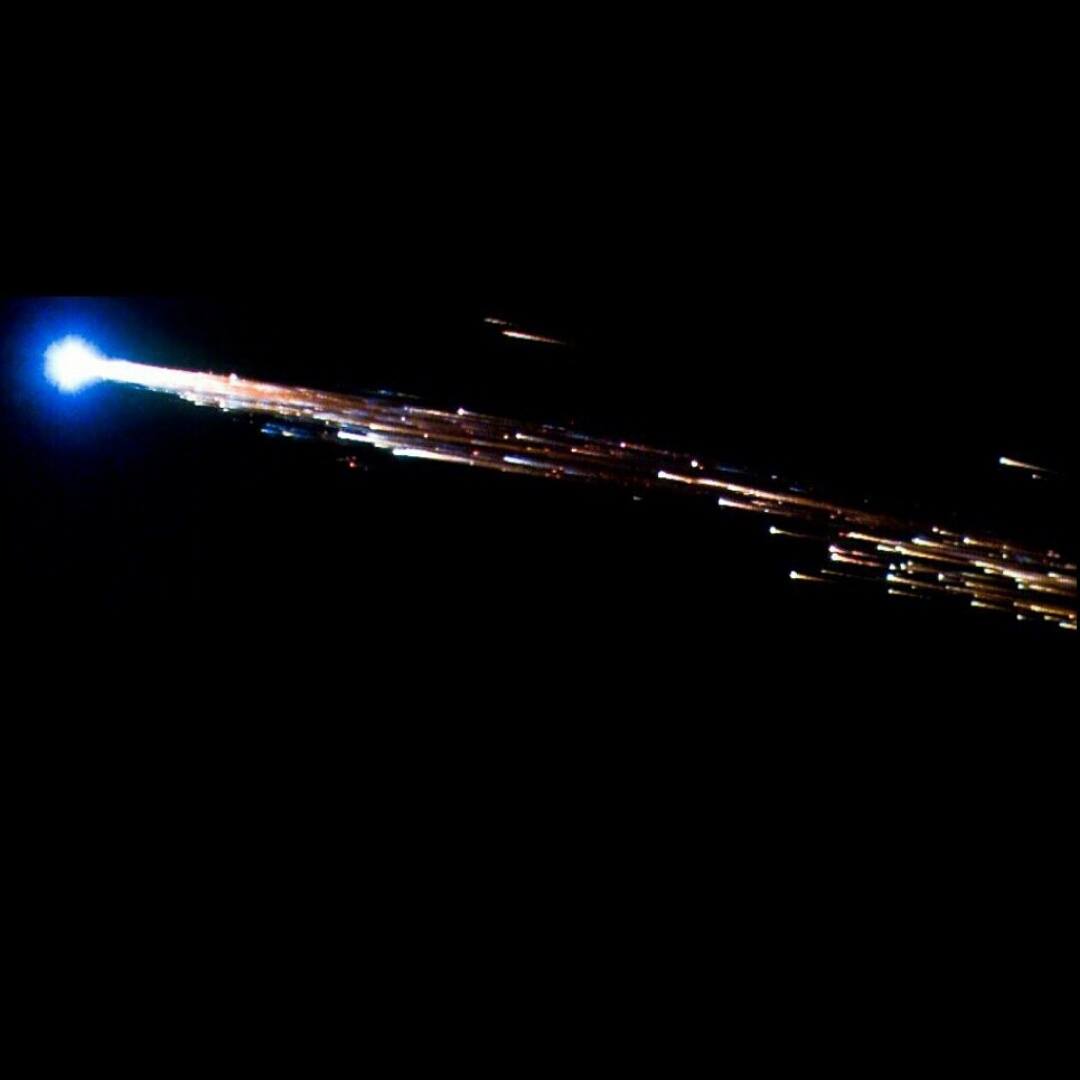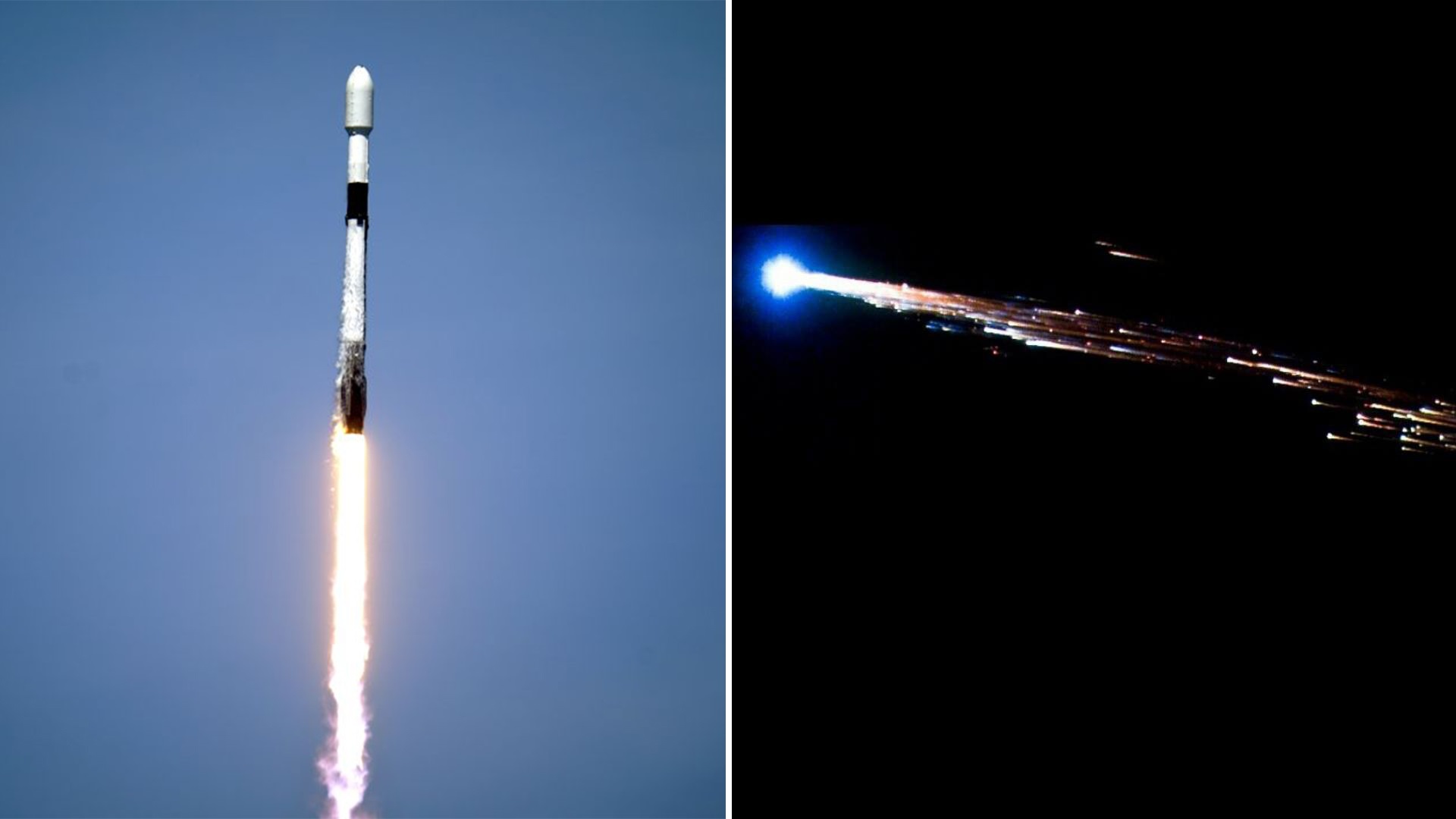The Starlink service is planned to deliver broadband internet through its own constellation of satellites, which act as a wireless network to give continuous coverage around the globe for Internet of Things devices, especially in distant places in sectors like agricultural and marine.
Last Thursday, on the back of a Falcon 9 rocket, SpaceX sent 49 Starlink satellites into low-Earth orbit.
They were promptly adjusted into their target orbit, around 210 kilometers above Earth, and the company certified that each satellite flew safely.

SpaceX first places their satellites in these lower orbits so that they may be promptly deorbited by atmospheric drag if early system tests reveal that they will not work properly.
“While the low deployment altitude necessitates more capable satellites at a significant expense to us, it is the proper thing to do to ensure a sustainable space environment,” SpaceX said on its blog.
Unfortunately for the company, a geomagnetic storm that occurred the next day had a major influence on the satellites that were launched on Thursday.
At initial low deployment altitudes, these storms warm the atmosphere and increase air density.
“Onboard GPS indicates that the storm’s escalation speed and intensity increased air drag by up to 50% compared to earlier flights,” SpaceX stated.
The Starlink team programmed its satellites to fly “edge-on” to reduce drag.
However, the early investigation has shown that the higher drag at low altitudes prevented the satellites from exiting safe mode and resuming orbital ascent.
Up to 40 satellites are expected to re-enter or have already re-entered the Earth’s atmosphere as a result of this.

“The deorbiting satellites offer no danger of colliding with other satellites, and they are designed to burn up upon re-entry into the atmosphere, so no orbital debris is formed and no satellite components impact the earth.” “The Starlink team has gone to considerable efforts to guarantee the system is on the cutting edge of on-orbit debris reduction,” SpaceX added.
Over 1,700 satellites have already been launched as part of the Starlink constellation, with tens of thousands more on the way. While satellite internet service is available around the world, it is only available in nations where SpaceX has been granted a license to deliver it.
In December, the president of the European Space Agency asked European officials to interfere in Musk’s space endeavor, claiming that he abused his market power.
Concerns have been made about the Starlink satellites’ influence on astronomy and the congestion of low-Earth orbit, which increases the potential of damage from space debris.
Source: BNN

